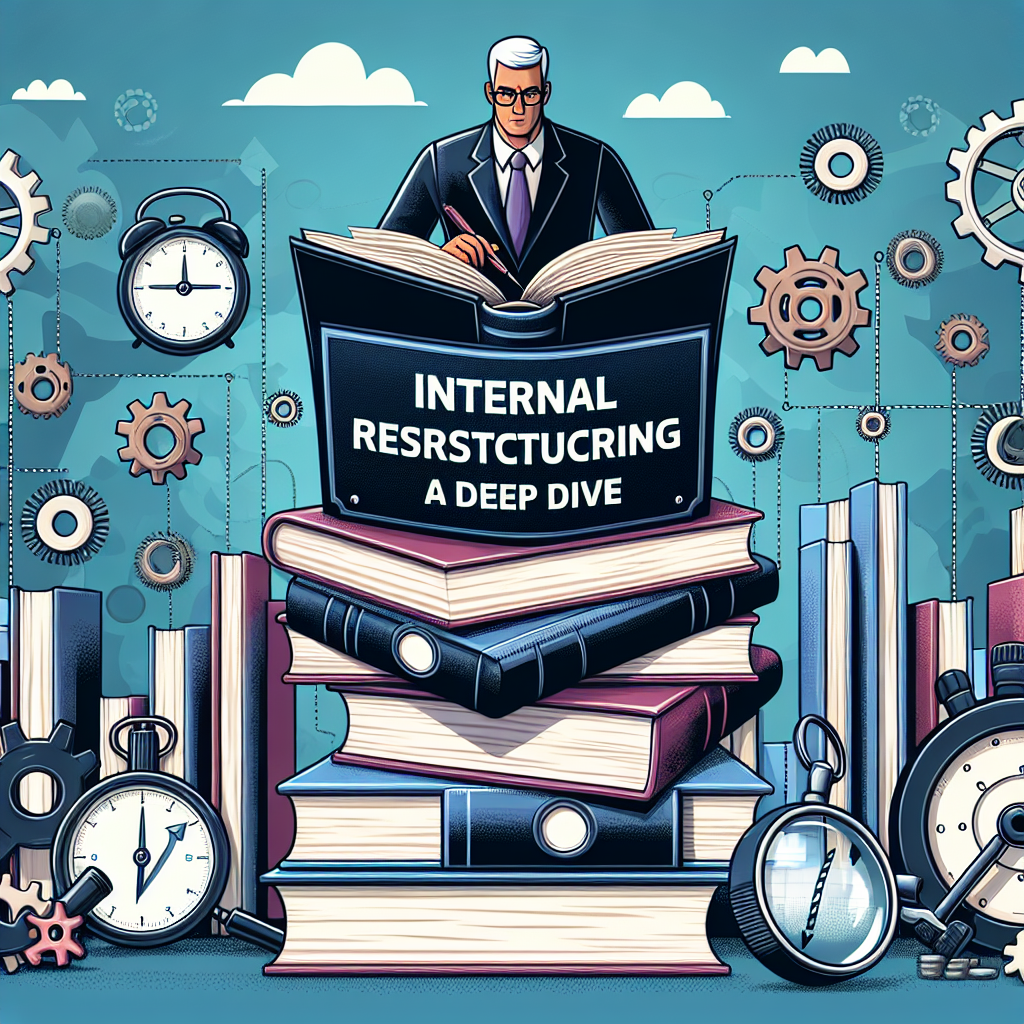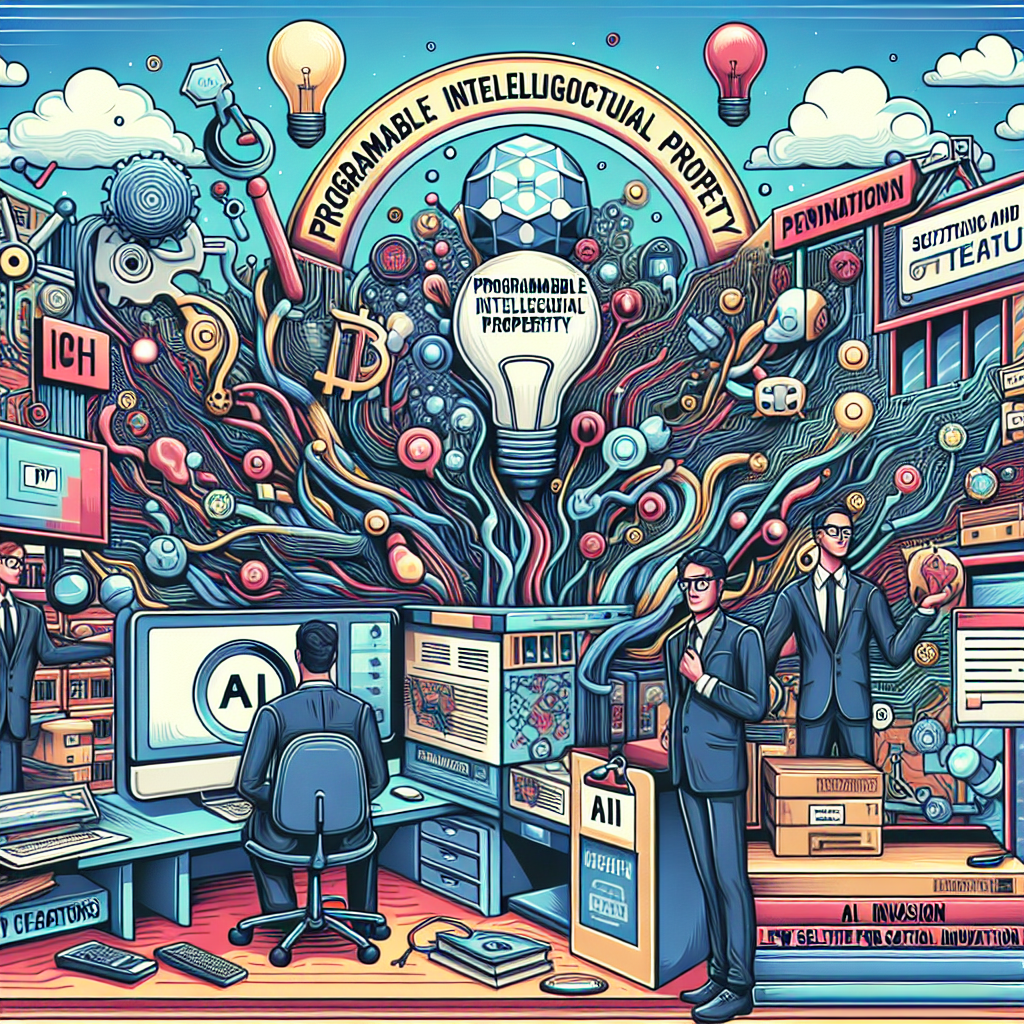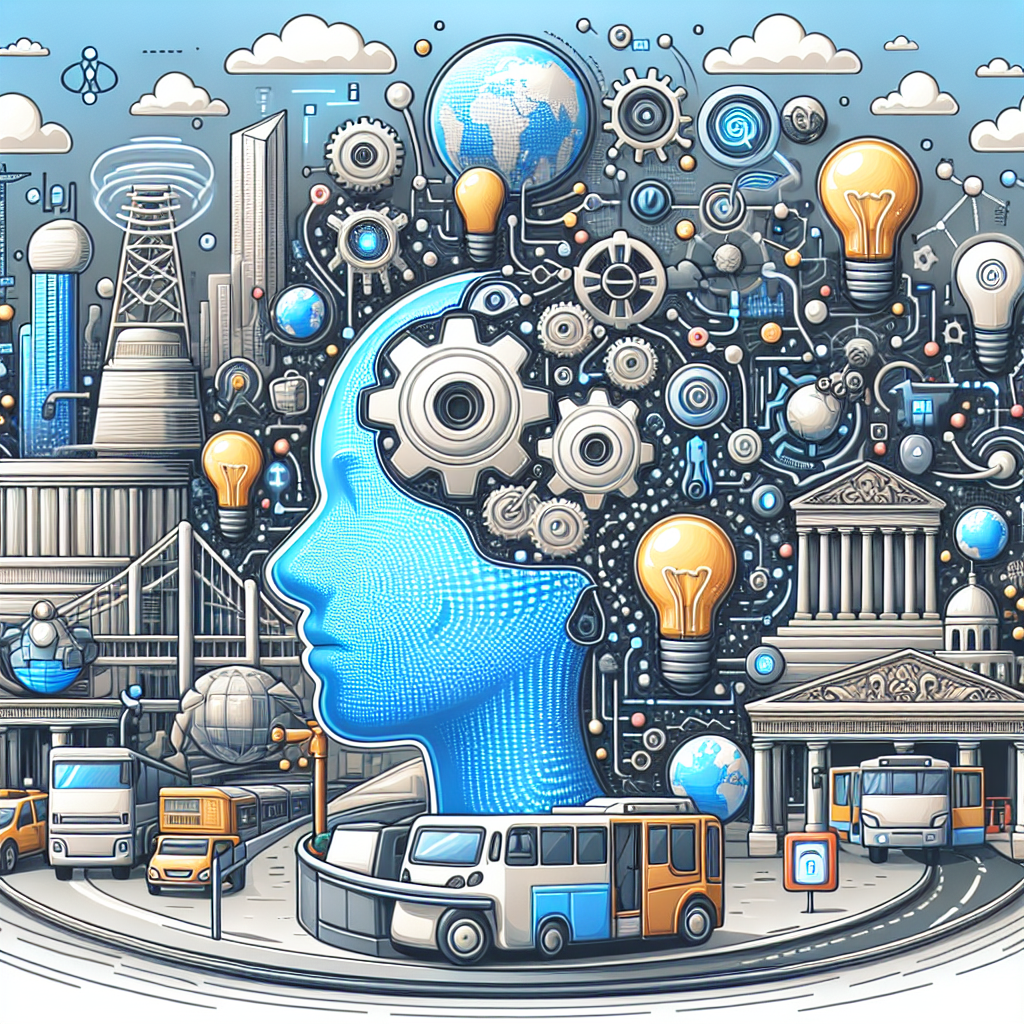Tag: Artificial Intelligence
Understanding Agentic AI Agentic AI, or agency-based AI, is a form of artificial intelligence that carries out tasks ...
An AI Cryptocurrency Entity Accused of Fraud United States authorities have exposed a purported AI cryptocurrency firm as ...
Artificial Intelligence (AI) is set to play an increasingly essential role in the burgeoning cryptocurrency field. However, like ...
Unprecedented advancements in Artificial Intelligence (AI) have been made in recent years, propelling it to the forefront of ...
Virgil Griffith, a prominent Ethereum developer, has decided to part ways with the blockchain-based platform over concerns regarding ...
According to the founders of Solana, one of the fastest-operating blockchain platforms, the trend of ‘memecoins’ or joke-based ...
OpenAI, a leading artificial intelligence research organization, is considering a substantial internal reorganization. The potential restructure could impact ...
In an era where artificial intelligence (AI) relentlessly threatens the survival of the creative economy, Story Protocol emerges ...
Artificial Intelligence: Experiencing A Fundamental Evolutionary Phase A significant shift is currently ongoing in the realm of artificial ...
The Uplifting of Crypto Activities and AI in North America North America is currently witnessing a significant surge ...
The digital technology dominion is witnessing a revolutionary tide in the Asia-Pacific (APAC) region, as Web 3.0 and ...
A New Focus for G7 and OECD The Group of Seven (G7) and the Organisation for Economic Co-operation ...















